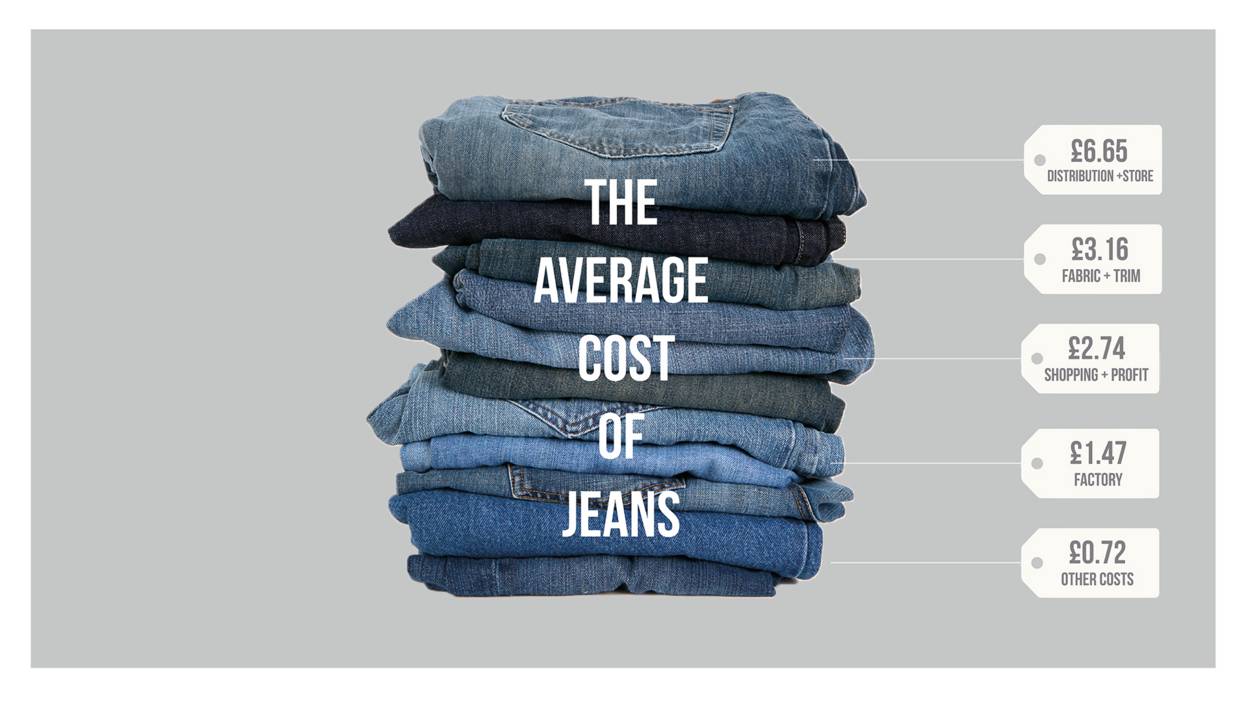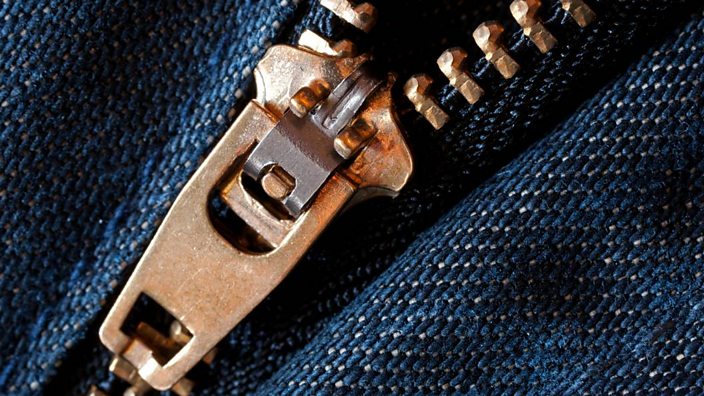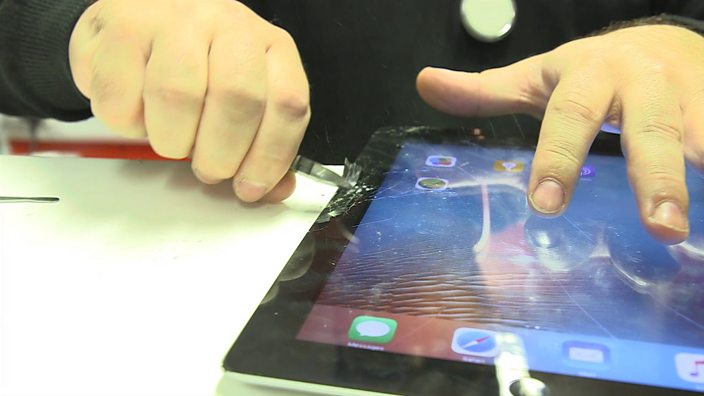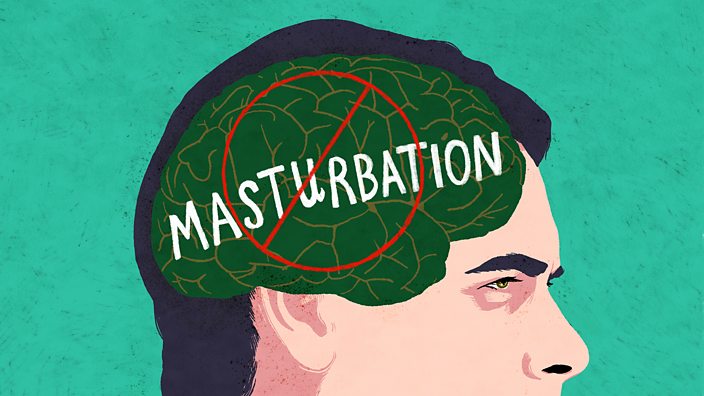In March, Lidl were all up in our newsfeeds with their new We Love Denim range. They're flogging a pair of boyfriend jeans for the low price of £7.99.
But it was just this low price tag that’s got people asking some bigger questions. Namely, that if the chain can afford to sell this cheap how on earth are they managing to do it.
Figures for supermarket clothing ranges regularly run into the billions, but they don’t all face questions about their production costs. While Lidl are yet to reveal how they’ve managed it, in 2013 Bloomberg calculated the cost of of producing a comparable pair of jeans for just under £15 and the costs look like this:
 iStock
iStock
The price of the jeans can often come down to the following:
1. The cost of bits and bobs
When it comes to fabric and trim, manufacturers can keep it cheap by removing unnecessary items. Everything is priced to the penny, and anything extra could be taken away - for example a zip costs 9p and a button at 4p. Because jeggings (you know, leggings that look like jeans) don’t require the same detail as regular jeans, the Lidl versions are missing front pockets, which could cost as little as 6p each.
 H&M (jeggings) and Topshop (jeans)
H&M (jeggings) and Topshop (jeans)
2. Big brand buying power
Prices might also be kept down because large global brands have huge buying power. They can purchase such large volume of clothes that costs can be kept low. Another age old supermarket tactic is the ‘loss leader’ where they take a hit on profit in a particular area to get people through the door and spending in other aisles.
3. Who they pay to make them
In Bangladesh, where the Lidl jeggings are made, the current minimum wage is just under £40 per year whereas the living wage, an amount calculated based on living costs, is just under £200.
What Lidl say...
In 2014 the trade-union led Clean Clothes campaign (a group demanding a living wage for garment workers in Asia) asked 50 of Europe’s leading clothing companies if the people making their clothes are paid a living wage and can live with dignity. They also asked what those companies were doing to make sure the garment workers were paid fairly. The campaign said that only four of the 50 companies were able to show how their progress in this area might lead to wage increases. Lidl took part in the campaign and was placed broadly in the middle of the respondents. The Clean Clothes Campaign said that they, along with several other big brands ‘could do better’. It said they: “Acknowledge the need for a living wage but doing little to make it a reality.”
So how do they say they’re keeping wages fair?
Lidl, along with others, told the Clean Clothes campaign that it is part of a scheme to top up wages twice a year as part of a bonus scheme. They say that since 2001 they have been paying workers at one factory in Bangladesh a lump sum every six months, approximately equal to a month’s pay, as a bonus. Lidl added that it has been using two methods to improve wages of its Bangladesh workers: by making sure overtime is properly paid and that workers are correctly classified for the work they do.
Lidl said: “In reference to the textile market as a whole, we would like to make clear that - despite occupying a minimal share of the textiles market - we are aware of our responsibilities and are, together with internationally recognised partners, continuously working to improve the living and working conditions of employees within the textile industry across developing countries, through targeted initiatives.”
This article was first published on Wednesday March 16th, 2016












